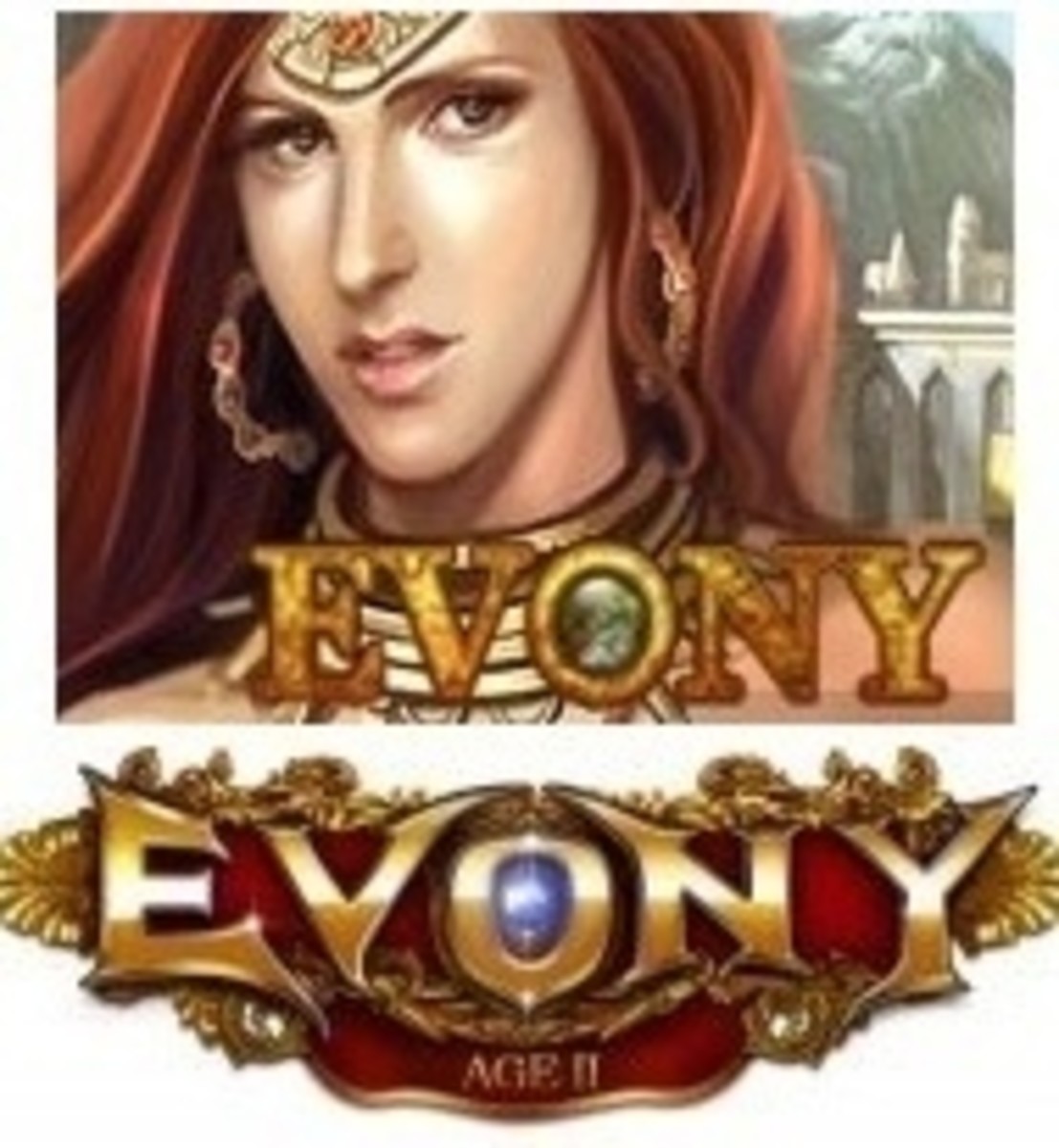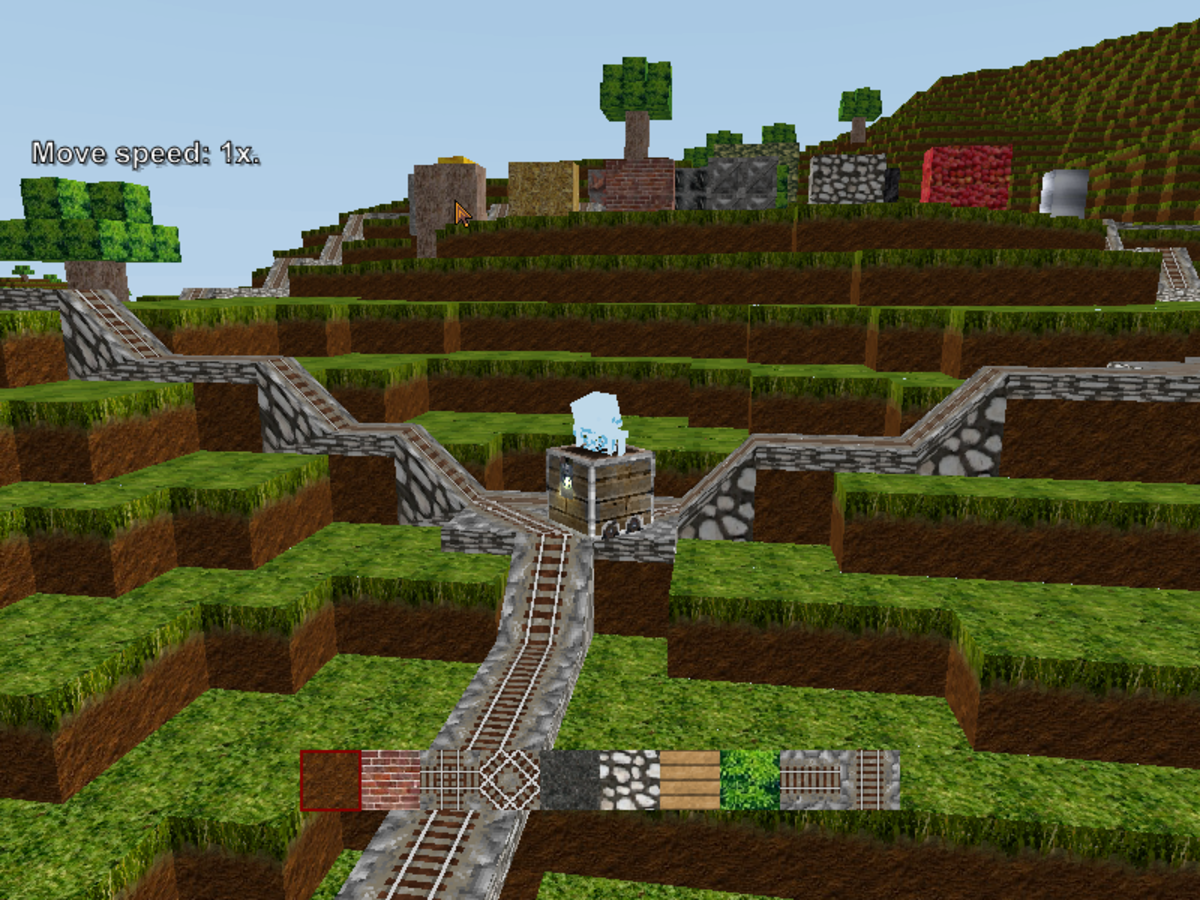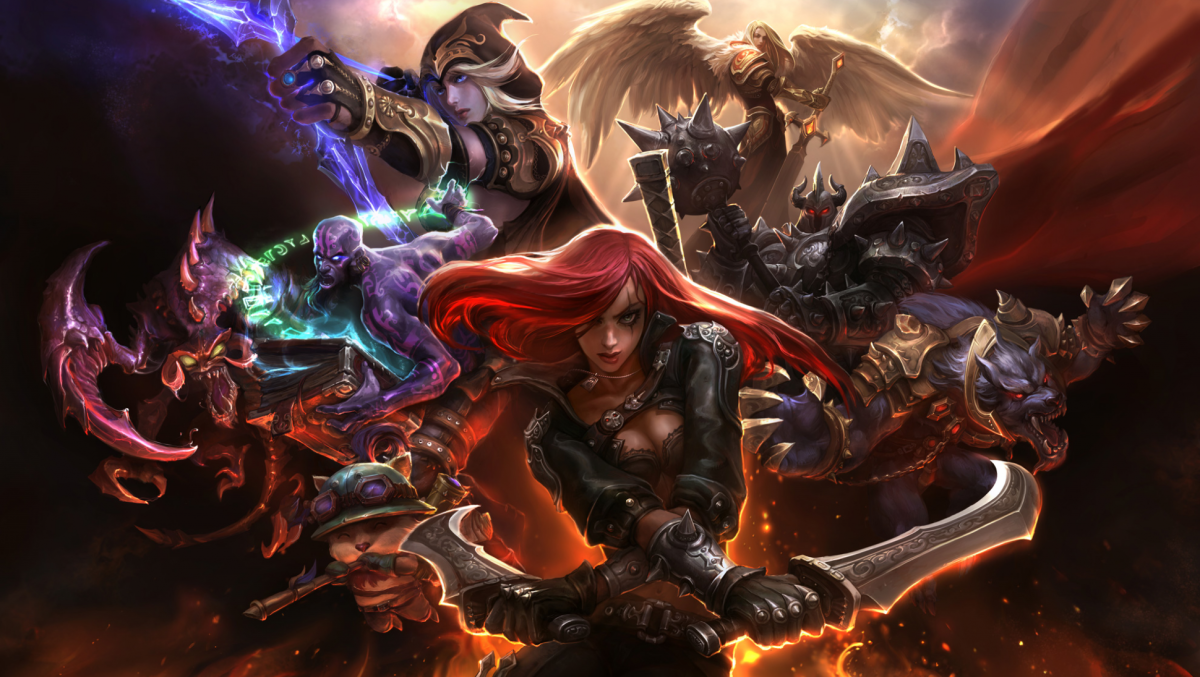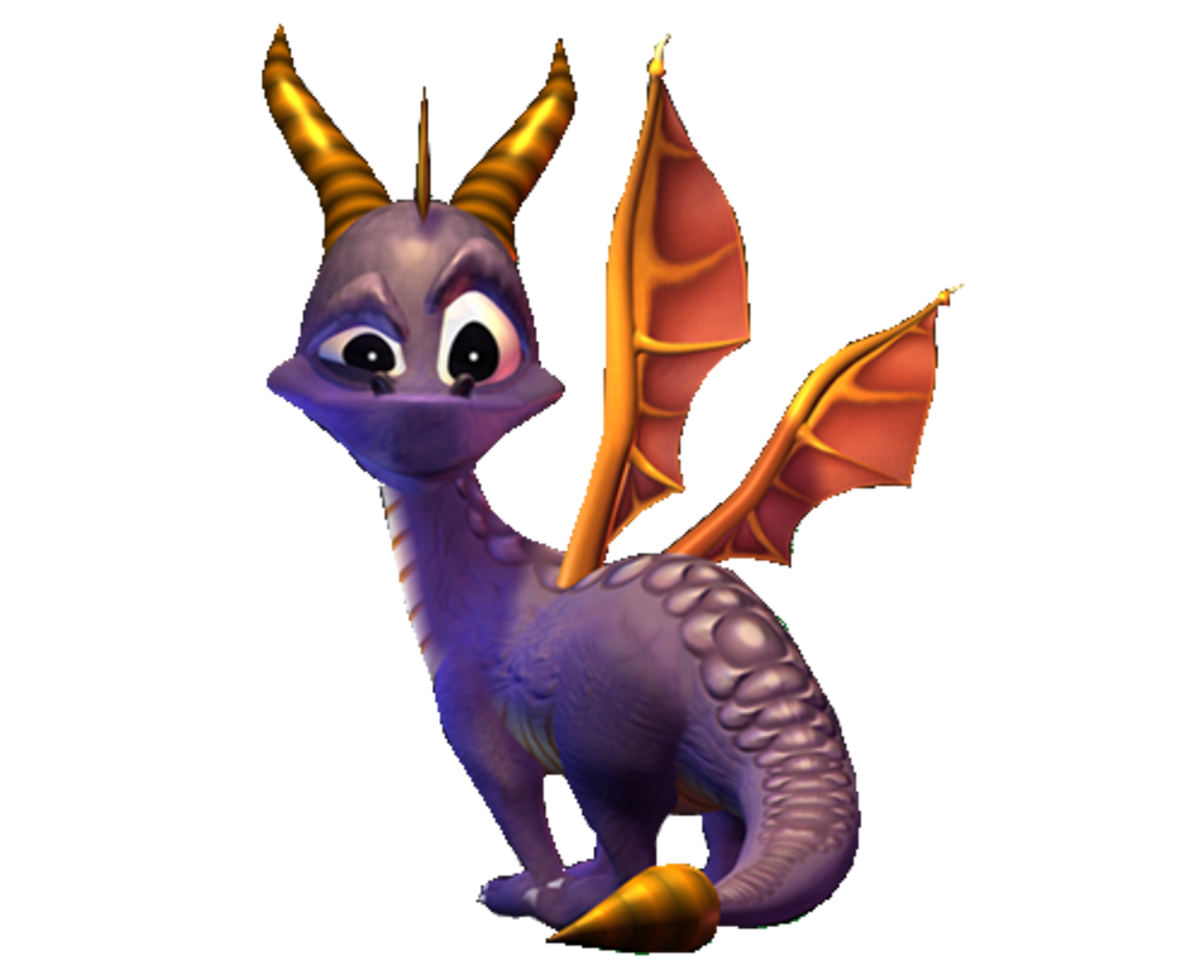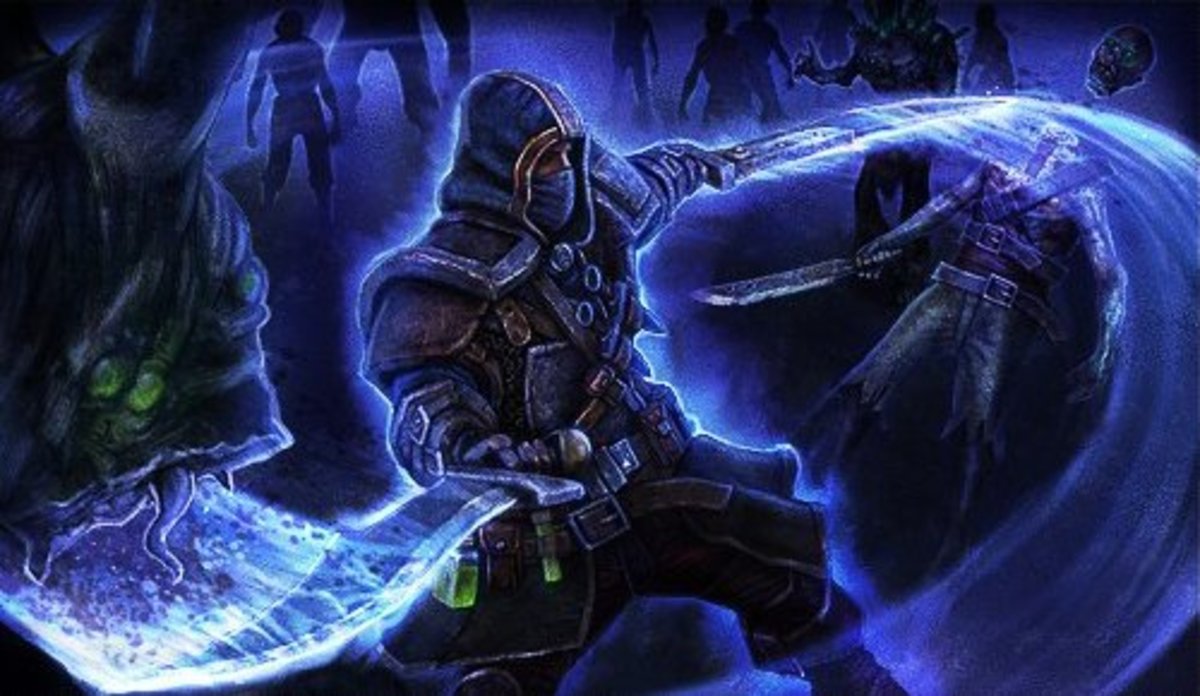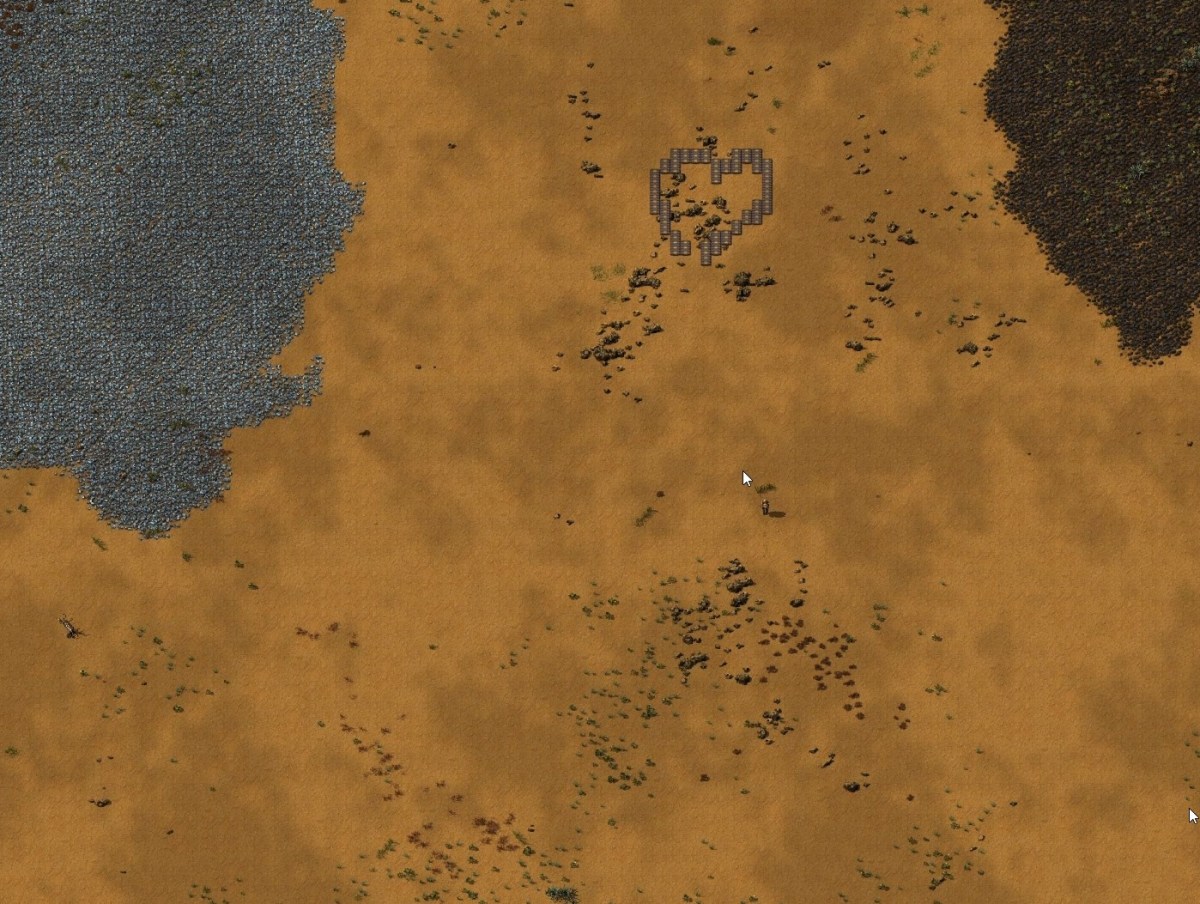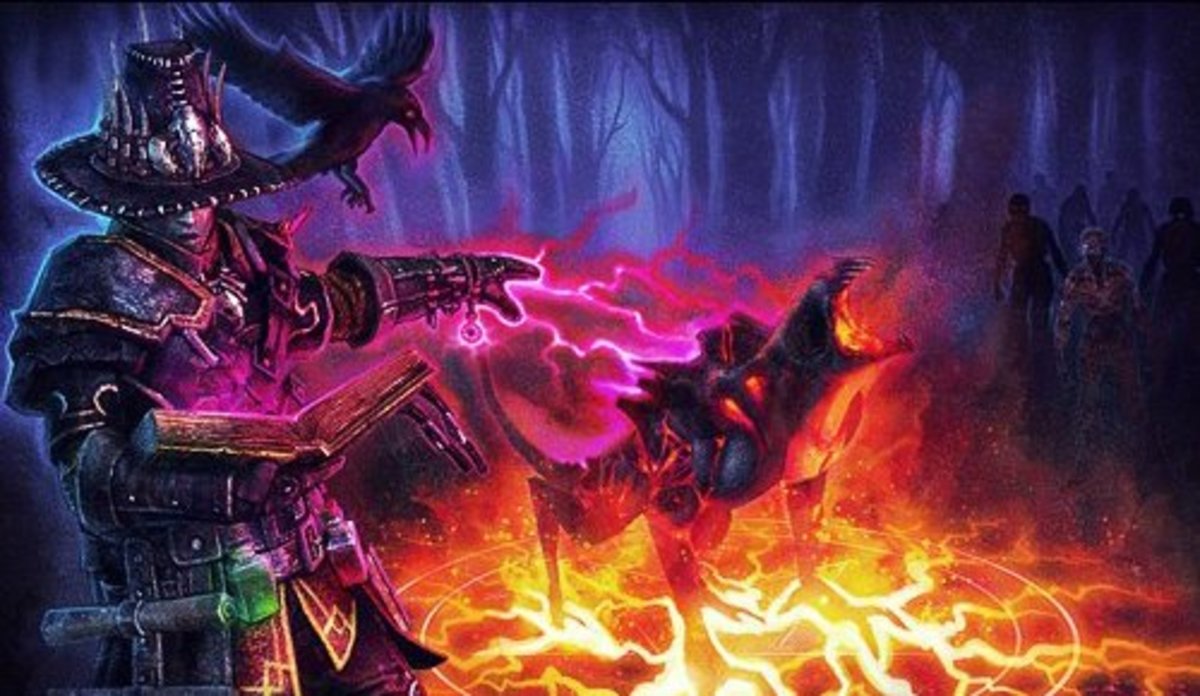Review of the Kiyosaki Cash Flow Game
Introduction
We retained the digital version of the Robert Kiyosaki cash flow game from the 1990s. When my children asked questions about personal finance above and beyond the standard give-save-spend model of Dave Ramsey, I introduced my kids to the game.
What are the strengths and weaknesses of the Robert Kyosaki Cash Flow game? What can players learn from the Cash Flow 101 game?
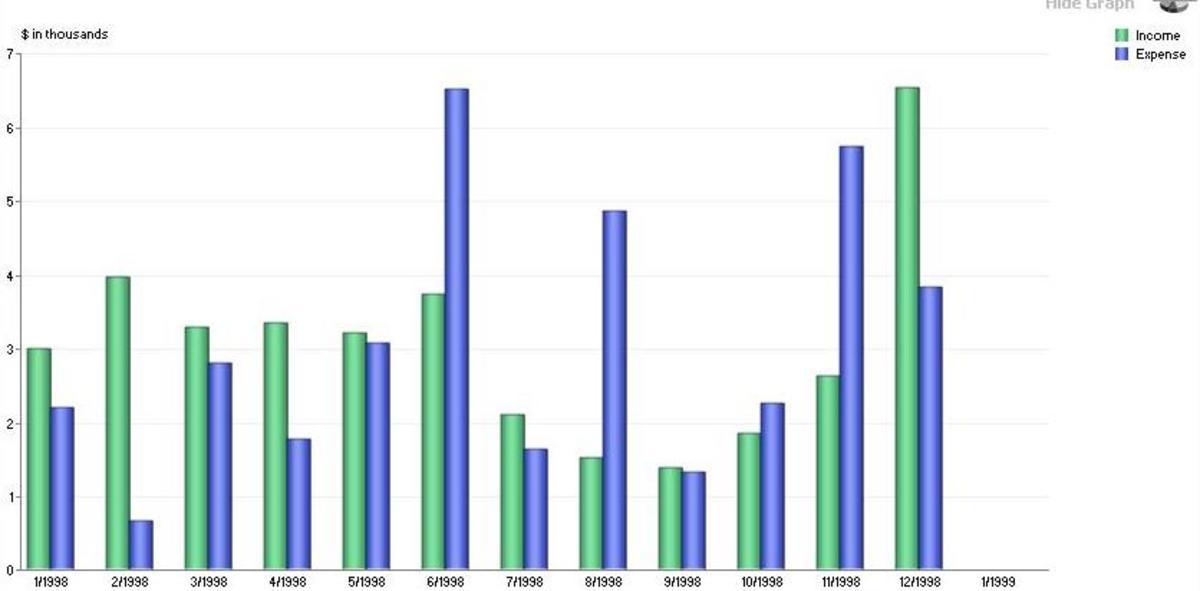
Points in Favor of the Cash Flow Computer Game
My middle school student learned more about the structure of financial data sheets, the meaning of liabilities and assets and many other accounting terms playing Cash Flow 101 far faster than she would have in a lecture.
Repeated rounds of the game taught the kids the danger of letting personal expenses creep up. It isn’t how much you make but how much you keep that matters, and the ongoing periodic expenses of paying debt payments or luxuries eat into that “gap”.
The kids learned the horrors of bankruptcy and liquidation at a visceral level that no amount of listening to Dave Ramsey could impress on them at this age.
Playing Cash Flow by Kiyosaki taught players the concept of opportunity costs. If you buy this with your money, you can’t take advantage of opportunities that come up later – and you don’t always know when those opportunities will be available.
Kids learn that anyone can become wealthy by buying assets that generate cash flow and paying down debt, regardless of their income.
Players learn about the danger and relatively low chances of buying an investment property that’s losing money in the hope of flipping it.
This game teaches players the massive financial upside of starting a business that is successful, whether you sell it to a larger company or grow an existing one. Many games, TV shows and movies today are anti-capitalism.
Cash Flow by Robert Kiyosaki is one of the few resources I’ve seen that teach the wealth building technique of investing in others’ businesses aside from buying publicly traded stock. It is surprising how many people think that the only ways to invest in business are starting one yourself or buying shares. The option of buying a 20% stake in a medical practice or restaurant in return for part of the profits is overlooked. The TV show “Shark Tank” demonstrates this concept, but not that it is possible for everyone other than the ultra-wealthy.
The Cash Flow game taught my children the concept of buying stock low and selling high, as well as the concepts of stock splits and stock price fluctuations due to market conditions, and it did so in only a few dozen rounds.
One benefit of the Robert Kiyosaki Cash Flow computer game over the board game version is the ability to save the game and come back later.
Unlike the Tycoon games, changes to monthly cash flow and progress toward your personal goals are emphasized over trying to win according to a set of metrics. The game teaches long term planning to meet financial goals, not maxing out theme park profits or oil field operations. The ability to relate the lessons to one's own life make it a better tool for teaching kids about business than "Tycoon".
Points Against the Cash Flow Game
It was obvious to see how to play the game against several computer generated characters. It was not as obvious how to set it up to let two humans play against each other on the computer or against each other plus computer generated characters.
The jokes about stock brokers being broke among the financial advice tidbits get tedious when the game lasts more than 30 minutes.
The cash flow game under-estimates the risk of debt and over-emphasizes insurance as a solution.
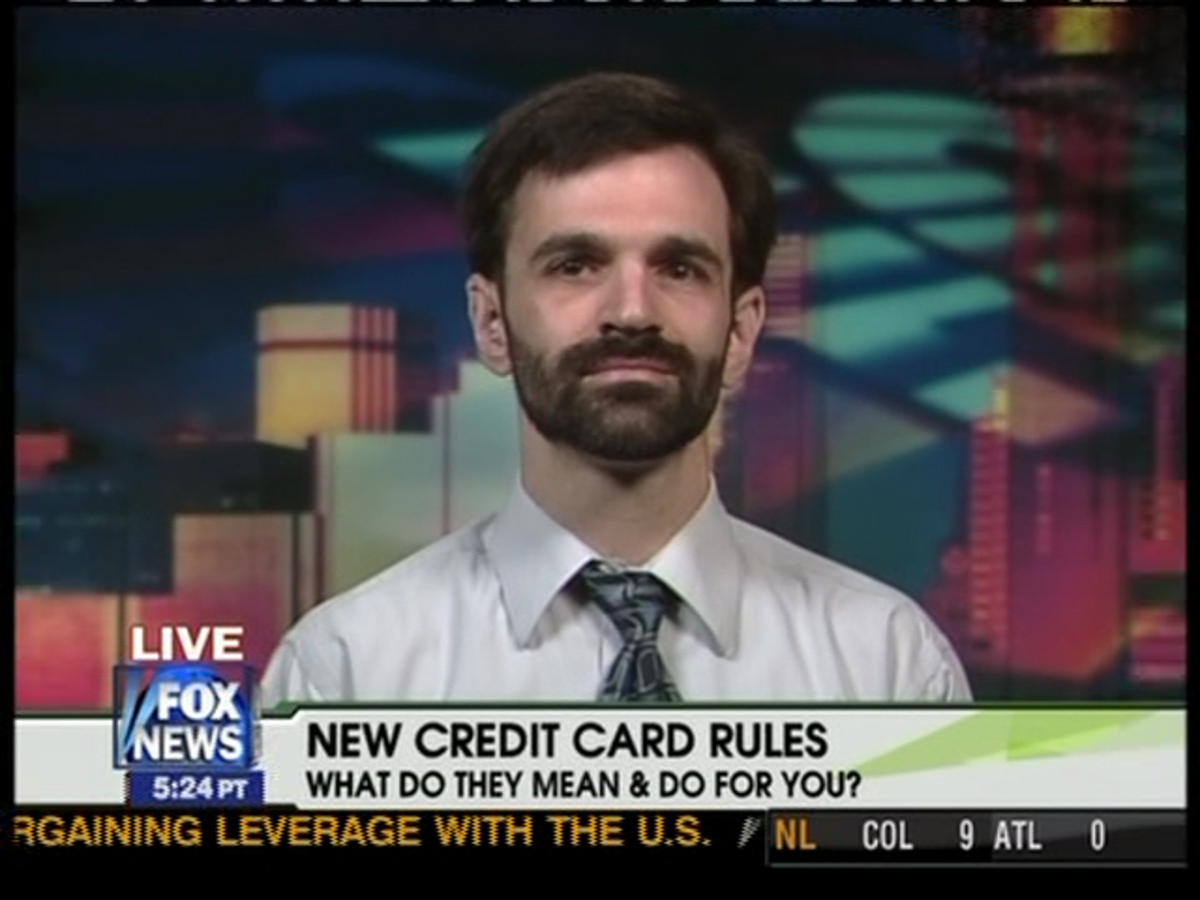
Observations about the Cash Flow Game
The game promotes Robert Kiyosaki’s view of buying assets that generate cash flow is the name of the game, and the risk of owing money on them is minimal if you have the savings to cover the payments for a while.
If you are debt adverse per the Dave Ramsey model of paying off debt and building your net worth in a safer albeit slower model, this game teaches a view of building wealth contrary to your values. The kids end up wondering if you should take out a mortgage to buy a rental house, not understanding the risk of having to pay the mortgage though the renters didn’t pay the rent.
Your best strategy to avoid going bankrupt and losing is to have at least a one month emergency fund in case of downsizing. The problem with this strategy is that the game throws in “doodads” like boats and shopping splurges that many people wouldn’t actually buy. The benefit of the doodad square is that it teaches players how corrosive buying these doodads is to trying to achieve long term goals.
The Cashflow 202 game with stock options and other ways to make money is too advanced for any child who isn’t in high school Junior Achievement.

